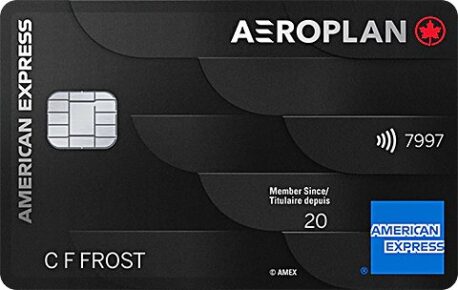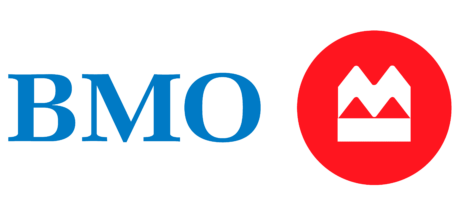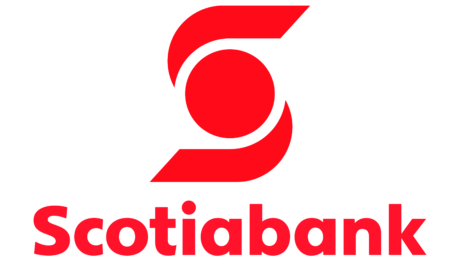Having a bank account makes it easier to save and spend your money, but in exchange for holding on to your hard-earned cash and facilitating those transactions, most banks charge fees.
Bank fees can easily eat up hundreds of your hard-earned dollars each year. And banks can choose to increase those fees whenever they want, leaving you with only two options: pay or take your money elsewhere.
Whether you’re tired of paying high bank fees or are learning about these fees for the first time, here’s what you need to know about why they exist and how to avoid them.
What Are Bank Fees and Charges?
Canadian banks may feel like public institutions, but they are businesses first. Like any other business, they want to make money, so they charge their customers for their banking activities. Some of the most common bank fees include:
Monthly Fee. This fee is charged simply for keeping your bank account open and your money in it. Some banks may waive this fee if you keep a certain amount of money in your account at all times.
Transaction Fees. Some bank accounts allow a certain number of free transactions before this fee is charged. Transactions include debit payments, money transfers (particularly from a savings account) and wire transfer fees. The fee for receiving a wire transfer is often less than sending a wire transfer.
Statement Fee. A fee is often charged if you request paper bank statements to be sent to your mailing address each month. The fee can be avoided if you opt in to electronic statements or simply view your statement online.
ATM Fees. These fees are charged when you make an ATM withdrawal outside of your own bank’s ATM network, or the number of ATM withdrawals you make exceeds the number of free withdrawals that come with your banking plan.
Non-sufficient Funds (NSF) Fee. This fee is charged when you attempt to complete a transaction that exceeds the amount of money in your bank account. You may be able to avoid an NSF fee if you have overdraft protection.
Overdraft Fees. The fee charged when a transaction takes your account below a $0 balance. You will be charged a fee and interest for each day your account is overdrawn.
Interac e-Transfer Fee. This is a fee that you pay for each Interac e-Transfer. Some bank accounts provide a limited number of free e-transfers, but if you exceed that number, you’ll pay a fee.
How to Avoid Bank Fees and Charges (When Possible)
Obviously, some fees cannot be avoided. If you have non-sufficient funds to complete a transaction, you’re inevitably going to face an NSF charge. However, you can avoid many of the most common banking fees by selecting your bank and account type carefully.
Choose a no-fee bank account
Branchless, online-only banks like Tangerine, Motus Bank, PC Financial and EQ Bank often offer chequing and savings accounts with low or no fees. These digital-first banks may also offer higher interest than traditional banks on their savings accounts.
Though these online-only banks may not charge fees, they may lack the same level of service and number of account options or features as a traditional bank, so keep that in mind when making decisions around where to bank and which types of accounts to open.
» MORE: How free and no-fee bank accounts save you money
Read the fine print
Before opening a bank account, make sure you read all the terms and conditions, banking agreements and fee statements. Though they can be hard to find, these documents are usually available in the fine print or Terms and Conditions section of your bank’s website. (For the most part, fees are standardized across all accounts within a single bank.) You may receive hard copies of these documents once you open your account, but it’s better to know the fee structure before you commit. This will help you compare and find the bank accounts with the lowest fees.
Pay attention to your balance
Since some banks waive monthly fees as long as you keep a minimum balance, it’s helpful to pay attention to how much you have in your account at all times, and mentally subtract that minimum from your “available to spend” funds.
Stay under transaction and transfer limits
Banking plans that include unlimited transactions often have higher monthly fees. Make an effort to only withdraw funds from ATMs within your network so you never get charged a fee. Always know where you’re at with your transactions and transfers each month, and track them as best you can using spreadsheets, calendars or a budgeting app so that you’re not surprised by unexpected charges.
» MORE: How to set up a budget
Book a meeting at the branch
If you’ve been a long-time and loyal client at your bank, maybe it’s time to book a meeting with a representative at your local branch. Branch managers may have the authority to waive fees and can give that authority to their employees, especially if you let them know you’re thinking about moving your account elsewhere because of charged fees. Ask them to look over your transactions and see if there’s anywhere they could possibly lower or waive your fees altogether. Some examples of what they can do include lowering your monthly fees, consolidating all your banking services into one package with one monthly charge payment, or finding you a better interest rate.
Set up text or email alerts
It’s possible to tie your bank account to text and email alerts so that you know when an automatic payment will be withdrawn, a deposit is completed or your bank balance dips below a predetermined level. These alerts will help you avoid things like non-sufficient funds charges, overdraft charges, monthly account fees and transaction overage fees. Staying aware and alerting yourself to what’s happening with your bank account at all times will also help you avoid fraud and identity theft because you’ll be able to see suspicious transactions, which means you can report suspicious activity before it costs you all of your money.
Opt for a banking package
Many of Canada’s major banks offer banking packages that bundle banking services together for one monthly price. This way you’re not paying individual fees per use for things like transactions, account transfers, Interac e-Transfers and international money transfers. This can help you save on fees each month. One monthly price as part of a package is usually cheaper than what you would pay every time you use each individual banking service, as long as you use those services frequently enough.
Go for the multi-product rebate
In addition to saving on fees by bundling banking services and features together, sometimes banks have special offers that let you earn cash back in exchange for using multiple banking products, or if you complete several tasks at the same bank, such as setting up direct deposit and a recurring pre-authorized debit payments.

What Is a High-Interest Savings Account?
High-interest savings accounts grow your money faster by paying higher interest rates than you’d earn with a standard savings account.

What is a Chequing Account? How Do I Use One?
A chequing account is a bank account for everyday expenses. You can have your paycheque deposited directly into it and use it to pay bills, make purchases and withdraw cash.

What Is A Non-Sufficient Funds (NSF) Fee?
An NSF fee can cost nearly $50, but the expense isn’t the only serious consequence — overdrawing your account can also hurt your credit score.

How to Switch to a New Bank or Credit Union in Canada
Unhappy with your bank? Switching to a new bank is easy — but first, you have to choose the right one for you.






